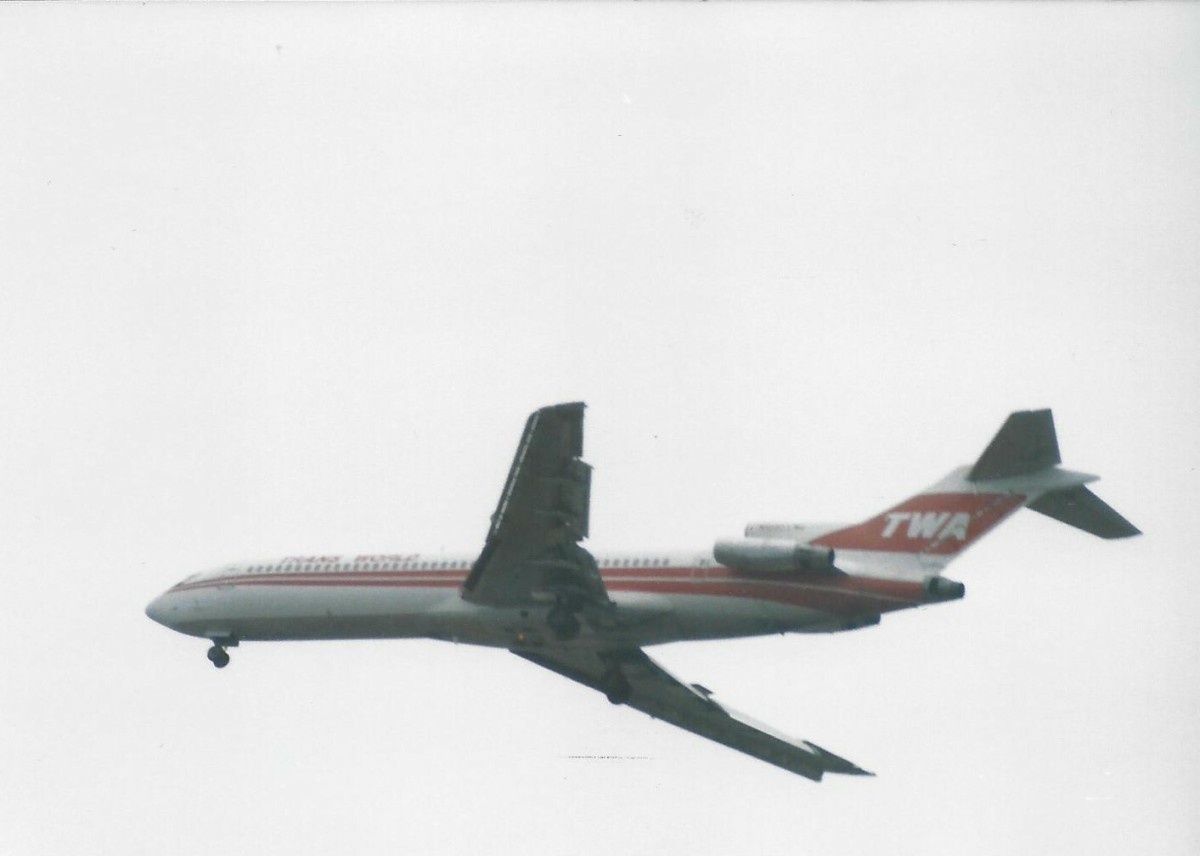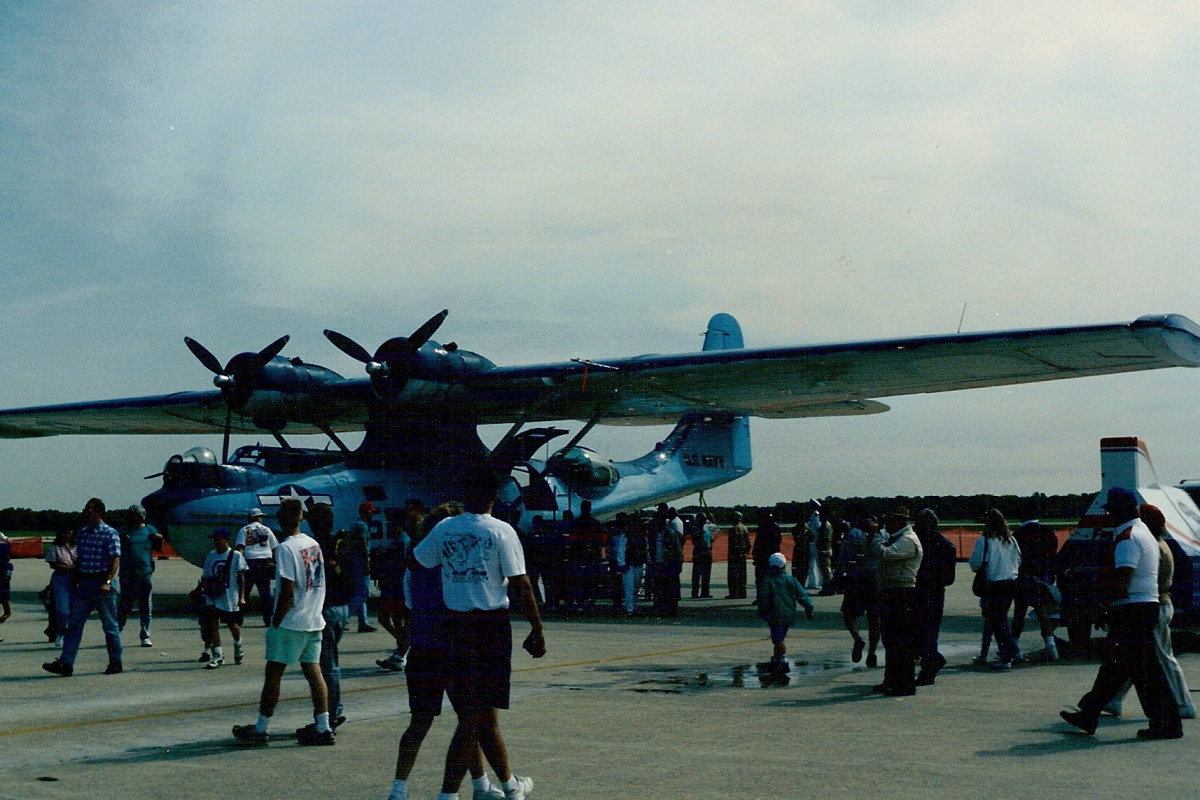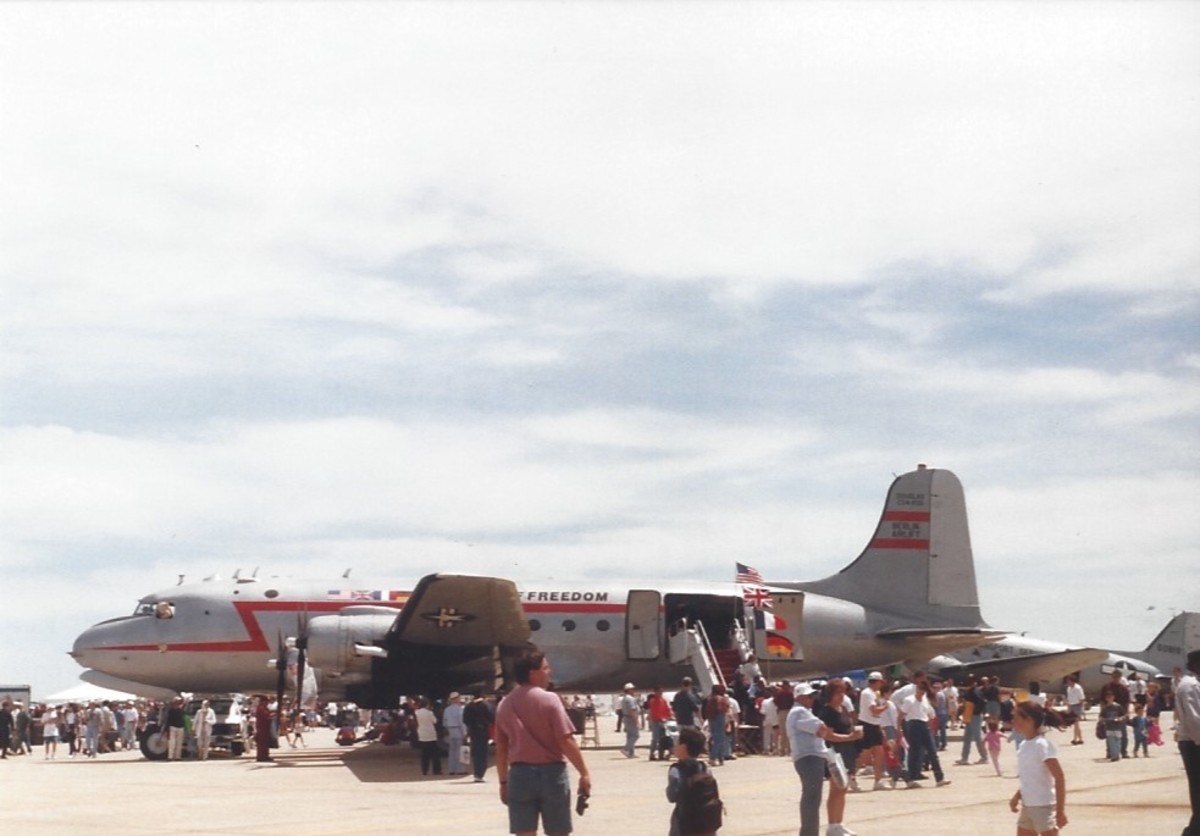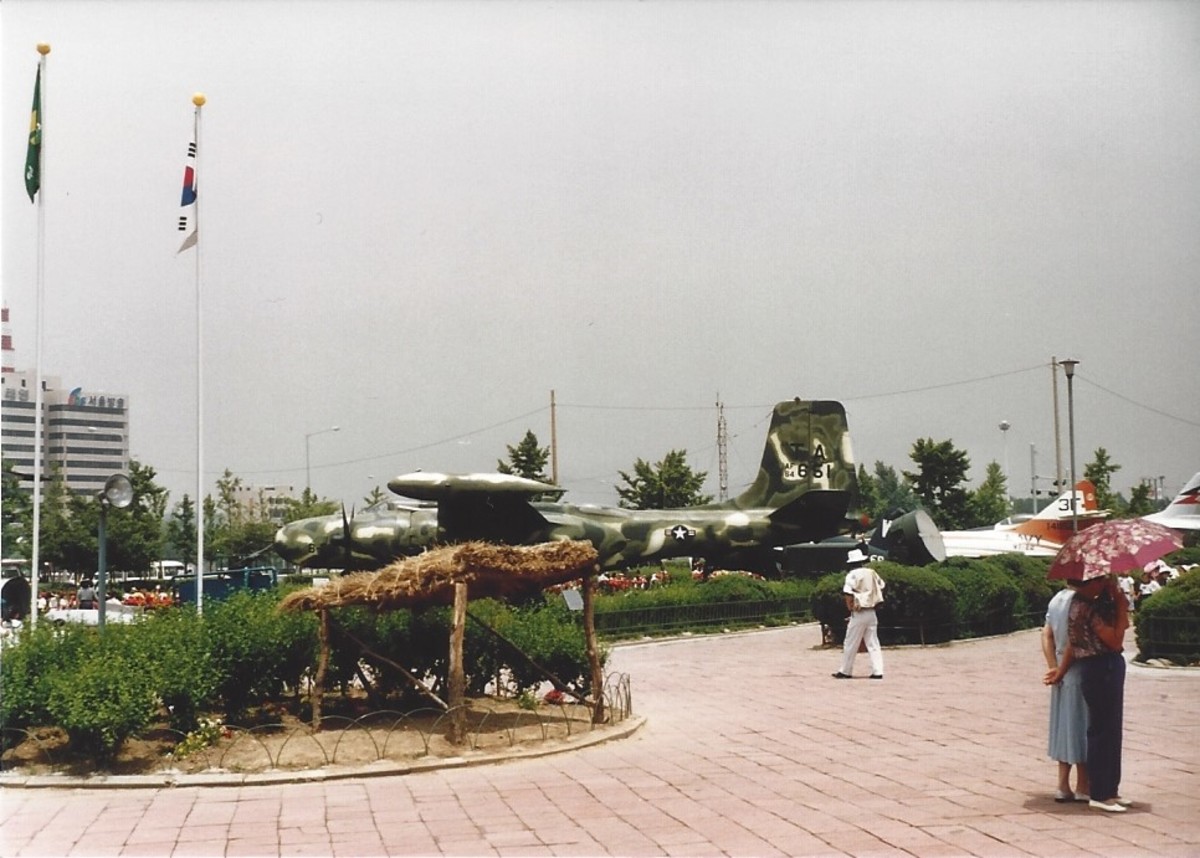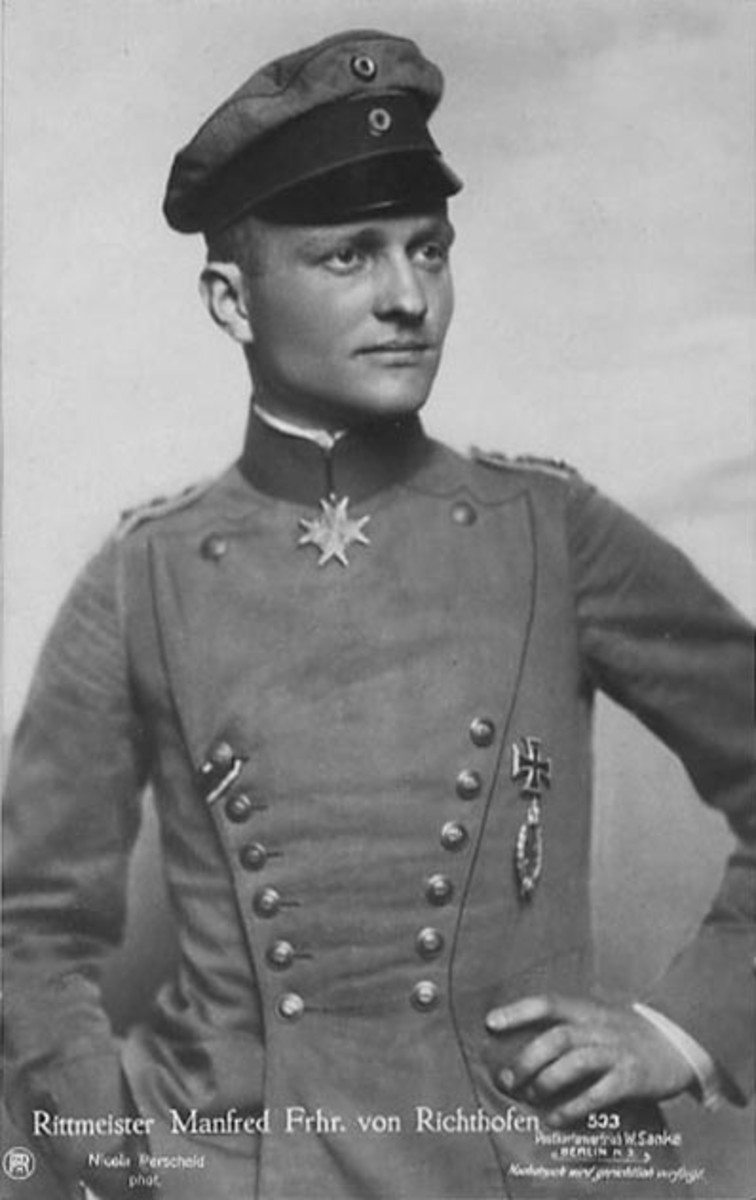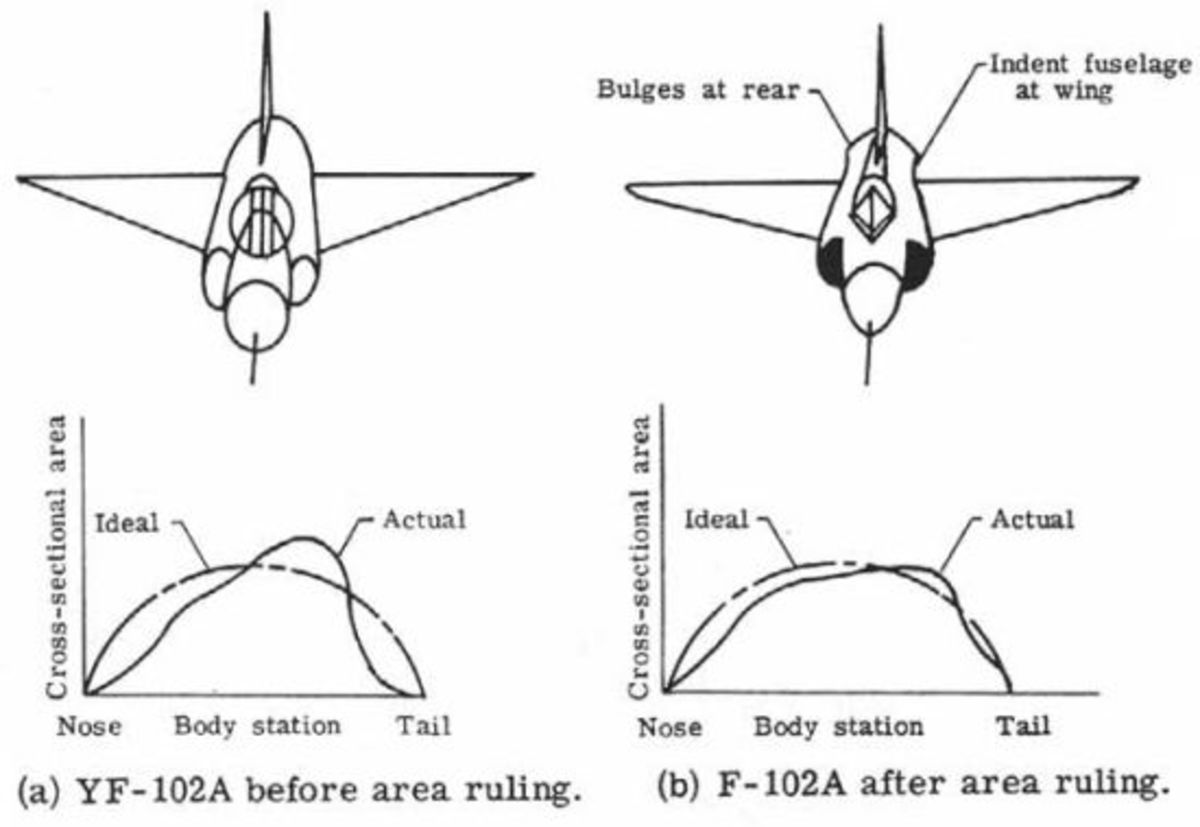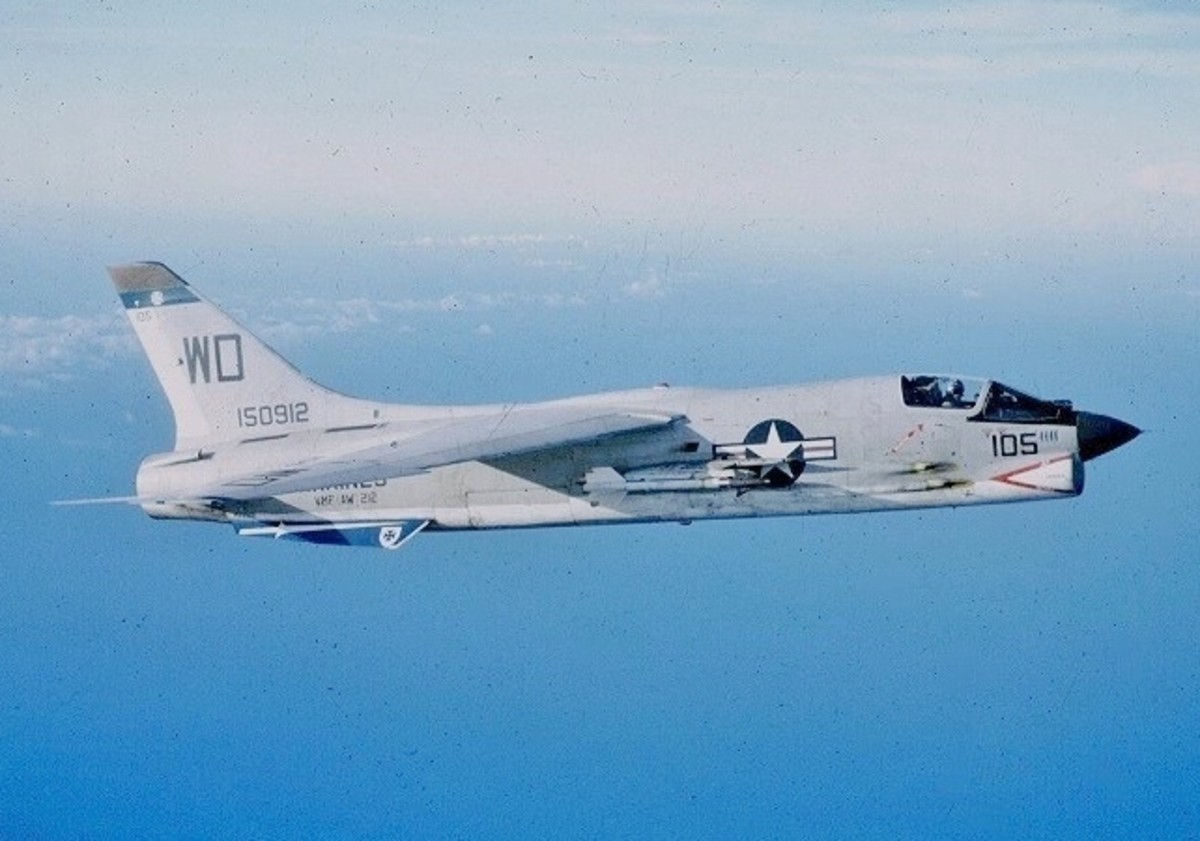- HubPages»
- Education and Science»
- History & Archaeology»
- Military History
The Westland Lysander


Overview
The Westland Lysander was the first purpose-built army co-operation aircraft to enter Royal Air Force (RAF) service. The Lysander’s first flight was on June 15, 1936. The first Lysander loss was on September 9, 1938 when one crashed on takeoff, there were no fatalities.[i] The initial order was for 144 aircraft and the RAF had 66 of them in 1939. The UK and Canada produced 1,650 Lysanders.[ii] The RAF deployed Lysanders for numerous tasks. It proved ill-suited for some missions and well suited for others. They served with the RAF throughout the war and served with other countries after the war. Probably their last use were as crop dusters with the Westland Dusting Service in western Canada.[iii] As of September 9, 2025, the last Lysander mishap was a Canadian Warplane Heritage MK IIIA that crashed on landing on June 18, 2016, there were no fatalities.[iv]
[i] Aviation Safety Network, Accident Westland Lysander Mk I L4708, Friday 9 September 1938, last accessed 9/21/25.
[ii] Vintage Aircraft Recognition Guide by Tony Holmes © HarperCollins Publishers 2005. P.229.
[iii] Air and Space Museum, Westland Lysander IIIa, Westland Lysander IIIa | National Air and Space Museum, last accessed 9/7/25.
[iv] Aviation Safety Network, Incident Westland Lysander LYS 3A (Lysander MK IIIA) C-GCWL, Saturday 18 June 2016, last accessed 9/21/25.
In Service
Lysanders first saw combat in Finland during The Winter War with the Soviet Union. Finland had 13 Lysanders and used them for reconnaissance and leaflet dropping missions. The Finnish Air Force also used them in World War II.[i]
The RAF had five Lysander squadrons in France to support the British Expeditionary Force (BEF) in 1940,[ii] On May 11 two Lysander’s received battle damage. One flown by Pilot Officer John Harold Day took small arms hits, believed to be friendly fire. Five Bf 109s attacked another Lysander, flown by Flying Officer John Wilfred Waldron Hurnall with Acting Pilot Officer Jack Vallance Midwinter as the air-gunner. Hurndall received the Distinguished Flying Cross (DFC) for his actions in May 1940.[iii]
The first Lysander shootdown happened on May 13. Pilot Officer Peter William Vaughanand AC2 Edwin Mold died. Bf 109 pilot Leutnant Horst Braxator claimed a Lysander. Bf 109s heavily damaged another Lysander. An He 111 bomber put six 7.9mm bullets in a Lysander flown by Acting Flight Lieutenant Arthus Denis Bryant and Pilot Officer Gilbert Seymour Stone.[iv] The next day three Lysanders fell to enemy fire and one crashed on landing. Pilot Officer James Henderson Deas and LAC George Relton Stephenson survived the crash without serious injury.[v] Lysanders flew 106 sorties and lost 10 of the 18 aircraft deployed.[vi] The RAF sent 174 Lysanders to France, they lost 88 in the air and another 30 on the ground, and 120 crewmen. Fifty returned to Britain.[vii]
In Britain Lysanders flew air-sea rescue missions where they dropped dinghies and supplies to downed aircrews. The RAF also used them for radar calibration and target towing.
The RAF deployed No. 208 Squadron to Egypt in 1940. This Lysander-equipped squadron performed well in its primary roles of reconnaissance, artillery spotting, and light bombing.
A Free French Air Force (FAFL[viii]) Lysander unit formed on August 29, 1940. They were part of an effort to free the French colonies in Africa from Vichy control. They carried out reconnaissance and bombing missions. On November 9, an FAFL Lysander, piloted by sous-Lieutenant Marcel Finance with gunner Sergent Daniel Gaubet, attacked Vichy held Libreville airfield. Infantry soldiers shot down the Lysander and wounded Finance. Vichy troops captured them a few hours later. The troops took them to a Colonel Claveau, who had received orders to surrender. The three of them went to Free French forces and Colonel Claveau surrendered Libreville.[ix]
In April 1941 No 208 Squadron deployed nine Lysanders to Greece to support British operations. They lost three Lysanders during the Greek campaign.[x]
The Lysander’s short takeoff and landing capabilities made it well-suited for parachuting agents and supplies and picking up agents. Lysanders flew over 400 clandestine sorties into France from August 1941 through 1944. They flew 293 agents into France and extracted 500.[xi] On November 22, 1944, an RAF Lysander was on a spy dropping mission when attacked by six United States Army Air Forces (USAAF) P-51 Mustangs over Greece. The USAAF pilots believed the aircraft was a Heinkel He 126. Both Lysander occupants died.[xii]
No 20 & No 28 Squadrons served in India and Burma.[xiii] In May 1945 the British XIV Army had liberated Rangoon and planned to deal with the 50,000 Japanese troops in Burma. Lysander operations in this effort began by dropping supplies with the necessities to build an airstrip for Lysander operations. It was monsoon season and other transport aircraft couldn’t fly below the cloud layer. Lysanders could fly beneath the clouds and through mountain valleys. In July a Japanese counterattack against the Force 136 guerrillas. Lysanders dropped enough ammunition to keep fighting. Surrounded Japanese troops tried to break out of their encirclement. Karen and Burma guerillas set an ambush for the escaping Japanese at the Shwegyin Chaung. The guerrillas were heavily outnumbered and could have run out of ammunition. Four Lysanders dropped ammunition to the guerrillas. On July 1, two Lysanders dropped 9,500 rounds of ammunition. From May 3 to September 8 Lysanders flew 265 sorties for the loss of four Lysanders, only one aircrew was injured. They inserted 100 personnel and extracted 183. Lysanders delivered 40.6 tons (36.8 metric tons) of supplies. [xiv]
The Egyptian Air Force used Lysanders in the Israeli War of Independence. That was the last Lysander use in a combat role.[xv]
[i] MrPlaneGuy, Westland Lysander in the Finnish Air Force. Finland received four Mk.I and nine Mk.III aircraft, and they were used for reconnaissance and dropping leaflets during the Winter War (1939-40) and the Continuation War (1941-44). : r/WWIIplanes, last accessed 9/21/25.
[ii] “The Royal Air Force in the Battle of France: A Failure to Commit” by Harry A. N. Raffal, The Royal Air Force in the Battle of France: A Failure to Commit – Nacelles, last accessed 9/8/25.
[iii] Martin Aviation Pages, 11 May 1940 – Martin's Aviation Pages, last accessed 9/9/25.
[iv] Martin Aviation Pages, 13 May 1940 – Martin's Aviation Pages, last accessed 9/10/25.
[v] Martin Aviation Pages, 14 May 1940 – Martin's Aviation Pages, last accessed 9/10/25.
[vi] Traces of World War 2: RAF – 4 Squadron, World War 2 - RAF 4 Squadron, January/June 1940, last accessed 9/11/25.
[vii] History of War: Westland Lysander, Westland Lysander, last accessed 9/16/25.
[viii] Forces Aériennes Françaises Libres.
[ix] Aviation Safety Network, Accident Westland Lysander Mk II N1245, Saturday 9 November 1940, last accessed 9/21/25.
[x] History of War: Westland Lysander, Westland Lysander, last accessed 9/16/25.
[xi] History of War: Westland Lysander, Westland Lysander, last accessed 9/16/25.
[xii] Aviation Safety Network, Accident Westland Lysander Mk I TI436, Wednesday 22 November 1944, last accessed 9/20/25.
[xiii] History of War: Westland Lysander, Westland Lysander, last accessed 9/16/25.
[xiv] Lysanders over Burma, Lysanders over Burma – The Special Operations Executive in Burma 1941-1945, last accessed 9/20/25.
[xv] Aviation in Canada by Larry Milberry © McGraw Hill Ryerson Ltd., 1979 ISBN 0-07-08277808. P. 98, 213.
This content is accurate and true to the best of the author’s knowledge and is not meant to substitute for formal and individualized advice from a qualified professional.
© 2025 Robert Sacchi




